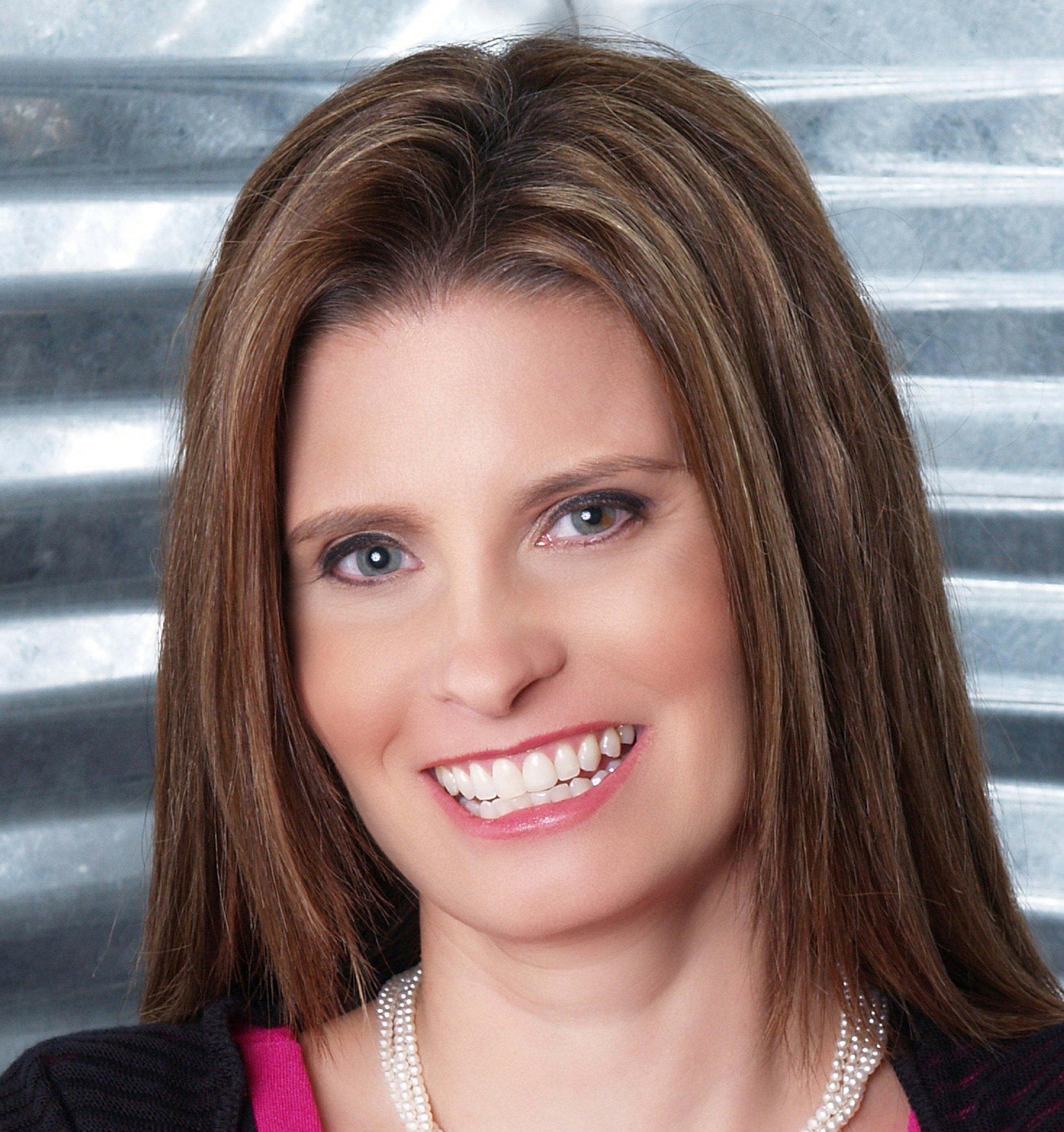Where Have All the Pain Doctors Gone?
/By Pat Anson
In recent years, it’s become increasingly difficult for a patient in pain to find a new doctor. Many physicians have stopped treating pain, retired early or switched specialties, rather than run the risk of being investigated or even put in prison for prescribing opioids.
In a recent PNN survey, one in five patients said they couldn’t find a doctor to treat their pain. Others said they were abandoned or discharged by a physician (12%) or had a doctor who retired from clinical practice (14%).
“All the doctors in this area are justifiably terrified to involve themselves at all with opiates,” one patient told us. “It's now going on 6 months that I've been hunting for a doctor who isn't afraid to continue my former opiate regimen, which only made my pain tolerable, allowing me some small quality of life. I don't know what to do next and I am truly at my wits end.”
“This year my doctor retired, then 8 months later the hospital closed the pain clinic. I'm waiting to get into a new pain clinic that is 200 miles away. Every local doctor refuses to prescribe my pain meds, so now I'm forced to travel 4 hours each way to see a new doctor,” another patient said.
“I have to fly to another state for my medical care,” said another person in pain. “Many patients I’ve met over the last ten years have not had the same care. They can’t afford the medical treatment and can’t find doctors to help.”
A new study suggests the problem is only going to get worse, because medical schools are seeing fewer anesthesiology residents applying for fellowships in pain medicine. The number of applications fell 45% from 2019 to 2023.
“While the demand for pain specialists is growing in the U.S., the pipeline of new doctors to fill these roles is drying up,” says lead author Scott Pritzlaff, MD, an associate professor in the UC Davis Department of Anesthesiology and Pain Medicine and director of the school’s Pain Medicine Fellowship program.
Pritzlaff and his colleagues analyzed data from the National Resident Matching Program (NRMP), Electronic Residency Application Service (ERAS) and a special report from the American Association of Medical Colleagues (AAMC) to see trends in medical specialties.
Their findings, recently published in the journal Pain Practice, show significant changes in specialties that are being driven by market forces and professional preferences. While demand and pay scales for general anesthesiologists have increased, the number of anesthesiology trainees applying for pain medicine fellowships is dropping. The trend is most notable among female residents applying for the specialty, which has fallen by 27.5%, compared to a 9.8% decline in male applicants.
“Fewer doctors choosing pain medicine means longer wait times, rushed care and fewer treatment options for patients suffering from chronic pain,” Pritzlaff said. “In a country already grappling with an opioid crisis, this could leave millions without the specialized care they need to manage their pain safely and effectively.”
Co-author Chinar Sanghvi, MD, says the drop in applications is partially driven by opioid lawsuits against drug makers and criminal cases against doctors, which have made medical residents and trainees leery about practicing pain medicine.
“For trainees observing this during their formative years, it may have created a perception of pain medicine as a high-risk specialty — both legally and ethically,” said Sanghvi, an assistant clinical professor in the UC Davis Department of Anesthesiology who mentors first and second year-medical students. “This fear of litigation, coupled with the stigma surrounding opioid prescribing, could discourage aspiring physicians from entering the field.”
The data also revealed some upward trends. Applications from residents for physical medicine and rehabilitation fellowships rose almost 33%, while residents specializing in emergency medicine increased by 190%.
General anesthesiologists have some of the best paying jobs in medicine, with median salaries of nearly $499,000 a year. For an anesthesiologist to specialize in pain medicine requires an additional year of training and pays less. With high demand and higher salaries, many doctors skip the extra training and enter the workforce right after completing their anesthesiology residency.
To help attract new residents, the UC Davis Health Division of Pain Medicine increased its recruiting efforts and became more active on social media. The efforts helped UC Davis fill its fellowship slots in pain medicine despite the national downturn.
“Pain medicine is caught in a strange paradox. On one hand, pain is one of the biggest public health problems in America, costing billions annually. On the other, the field is underappreciated and underfunded,” said senior author David Copenhaver, MD, a professor in the UC Davis Department of Anesthesiology and Pain Medicine and chief of the Division of Pain Medicine. “This decline isn’t just about numbers — it’s a wake-up call for the future of pain care in America.”












